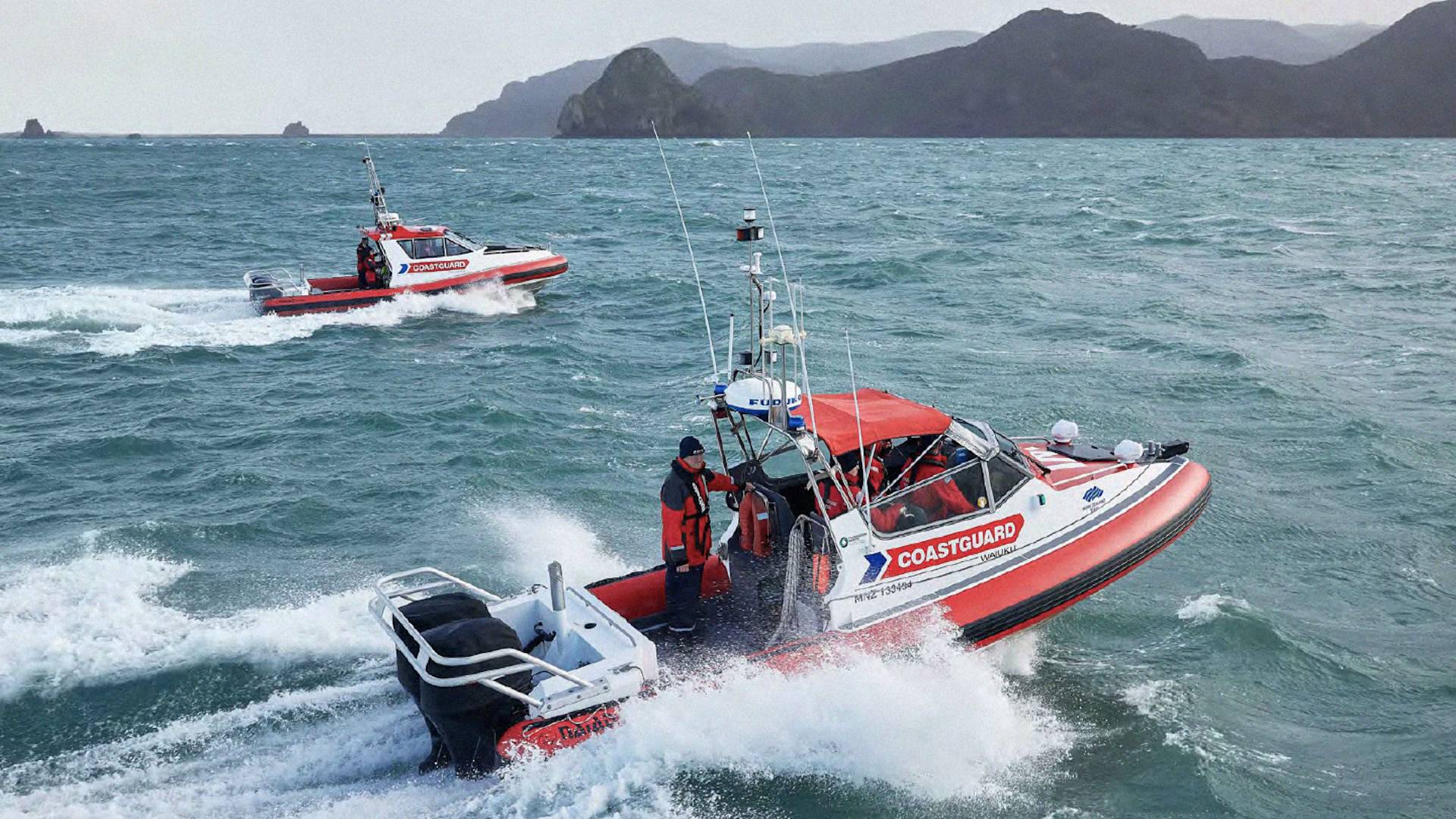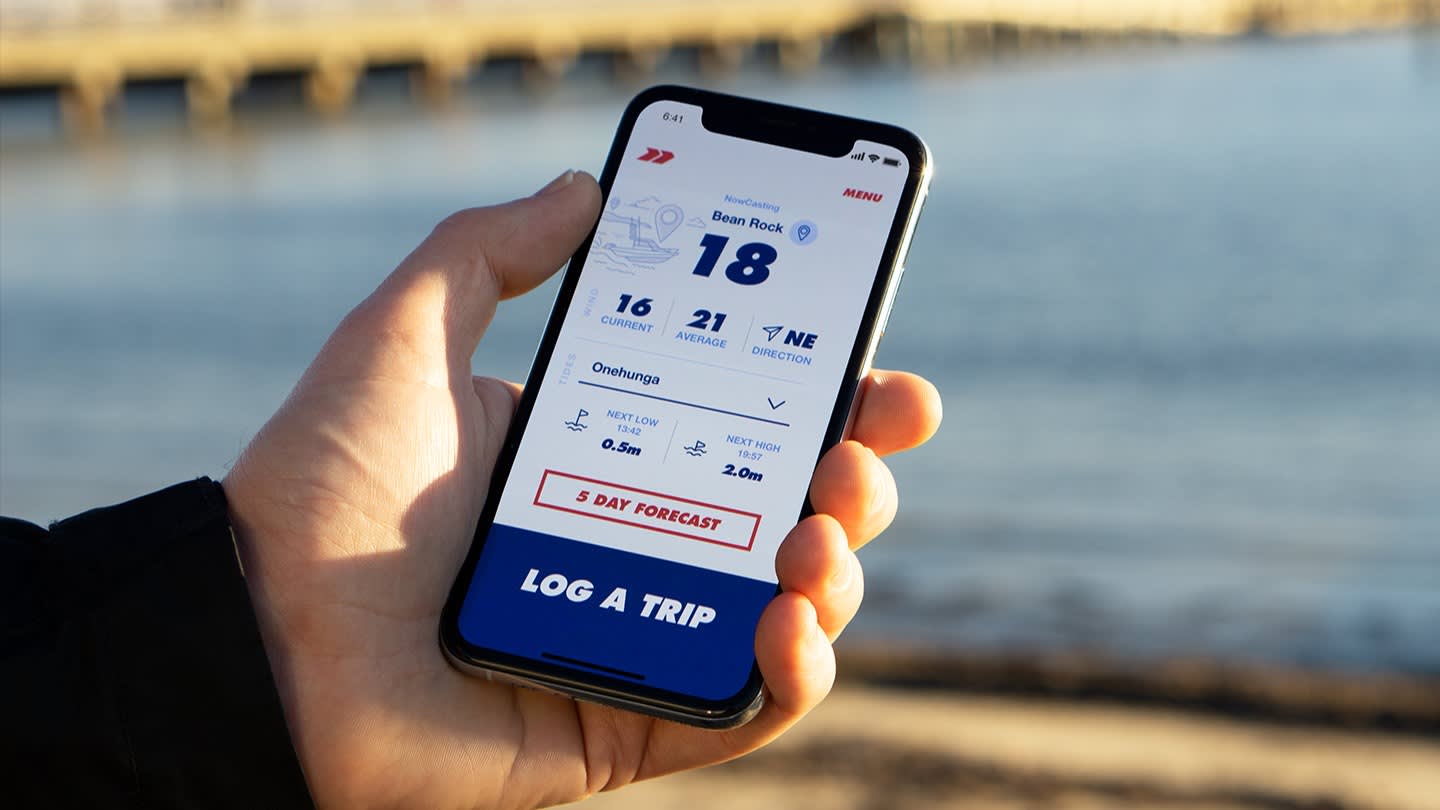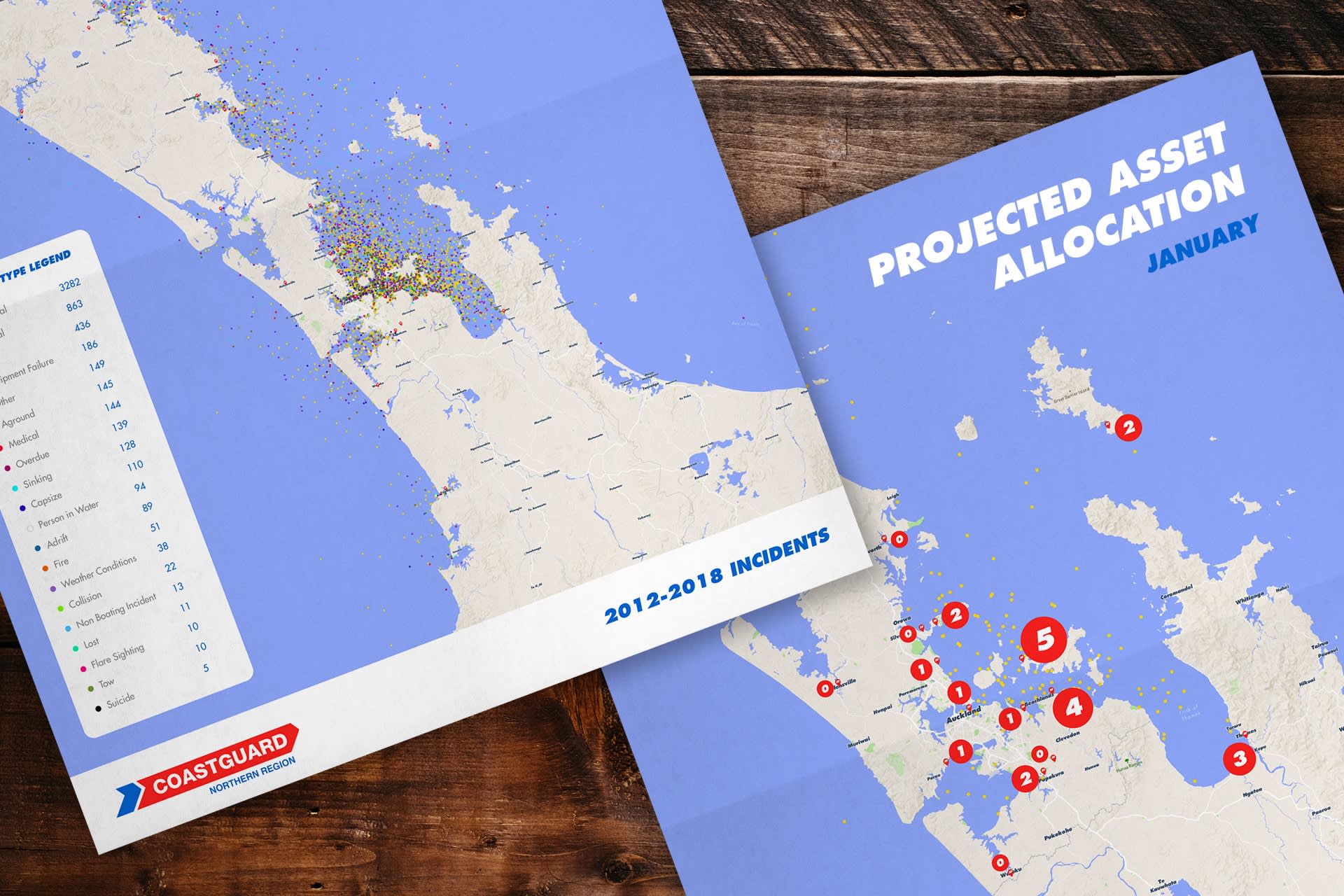Coastguard New Zealand
Search & Rescue Forecast
Responding to maritime emergencies before they occur.

Insight
For decades, New Zealand’s volunteer coastguard operators have had low visibility of the locations and trajectories of vessels that are in distress, both before and during the distress calls.
The national coastguard receives 3,000 calls each year, and time is crucial for every case. An oversight of all current maritime activity would allow these search and rescue teams to arrive earlier to the emergencies, and this would save more lives.

Idea
An AI analyses live boat journeys and sea conditions, and maps the projected boat locations, including details of any expected distress situations. The coastguard can then respond to these before they occur.
Boat users log their trips to an app before they set off, which then records their locations every 30 minutes. Machine learning is then used to analyse this data in conjunction with real-time weather and swell information and other metrics, to create a visual model of all current and future boat positions, including advance details of any anticipated emergencies.

Impact
This pre-emptive search and rescue strategy should positively impact up to 750,000 boat users during its first year, and is helping the New Zealand Coastguard to realise its vision of no boaties’ lives lost at sea.
The app was quickly downloaded over 10,000 times, and is increasingly popular with boat users, with thousands of trips now being logged each month. It’s making a profound impact to New Zealand’s rescue management and water safety, and its predictive model offers potential to help other organisations that are involved in rescue and safety.



